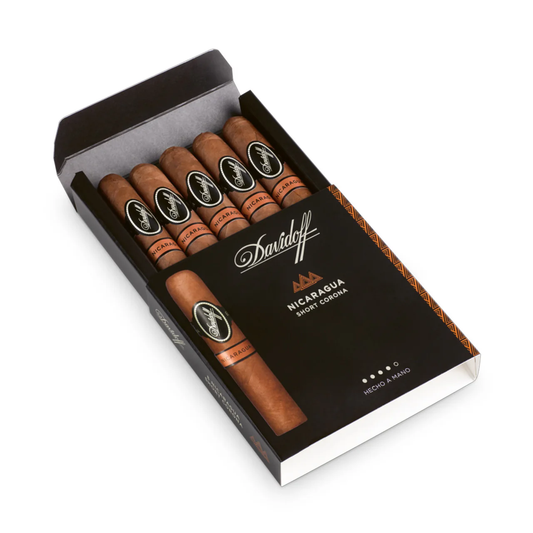Renegade Cigars Blog
What Are The Best Cigars in The World?

World-class cigars are a symbol of luxury and craftsmanship, revered by connoisseurs for their complex flavors and meticulous construction. These cigars are crafted from the best tobacco leaves, often sourced...
World-class cigars are a symbol of luxury and craftsmanship, revered by connoisseurs for their complex flavors and meticulous construction. These cigars are crafted from the best tobacco leaves, often sourced...
How to Store Cigars Without a Humidor

Storing cigars without a humidor can be challenging, as maintaining the ideal humidity and temperature is crucial for preserving their quality and flavor. While humidors are specifically designed for this...
Storing cigars without a humidor can be challenging, as maintaining the ideal humidity and temperature is crucial for preserving their quality and flavor. While humidors are specifically designed for this...
Are Cuban Cigars Legal?
Cuban cigars are still highly sought after around the world… Almost every day here in the shop we get asked if we have Cubans for sale. Few people understand why...
Cuban cigars are still highly sought after around the world… Almost every day here in the shop we get asked if we have Cubans for sale. Few people understand why...
Why cigars are going up in price in 2024
If you’ve been in a humidor lately, you’ve probably noticed that cigar prices (like everything else) are slightly higher. This is something we’ve discussed before, but today I’m taking the...
If you’ve been in a humidor lately, you’ve probably noticed that cigar prices (like everything else) are slightly higher. This is something we’ve discussed before, but today I’m taking the...
The History of Oliva Cigars

The story of the Oliva Cigar Company dates back to 1886 when Melanio Oliva started growing tobacco in Pinar del Río, Cuba. Production temporarily stopped when Melanio fought in...
The story of the Oliva Cigar Company dates back to 1886 when Melanio Oliva started growing tobacco in Pinar del Río, Cuba. Production temporarily stopped when Melanio fought in...
How Cigar Distribution Works
Today, let's explore the world of cigar distribution in the United States, where cigar manufacturers employ various strategies determined by factors such as size, and risk tolerance. Distributors: Distributors are...
Today, let's explore the world of cigar distribution in the United States, where cigar manufacturers employ various strategies determined by factors such as size, and risk tolerance. Distributors: Distributors are...
